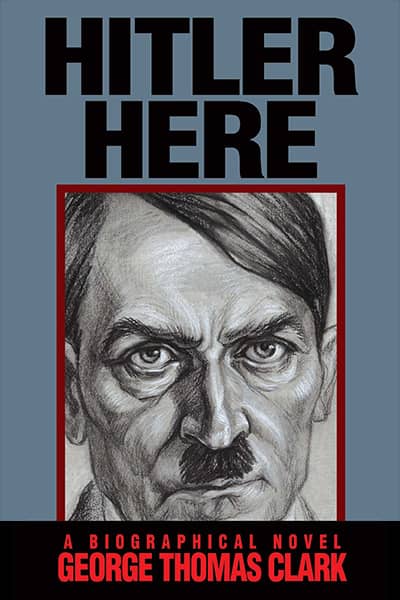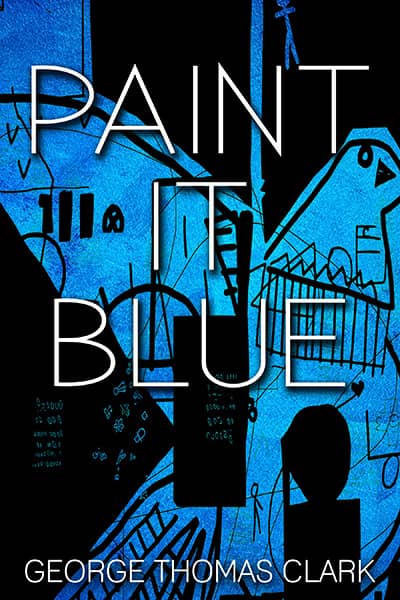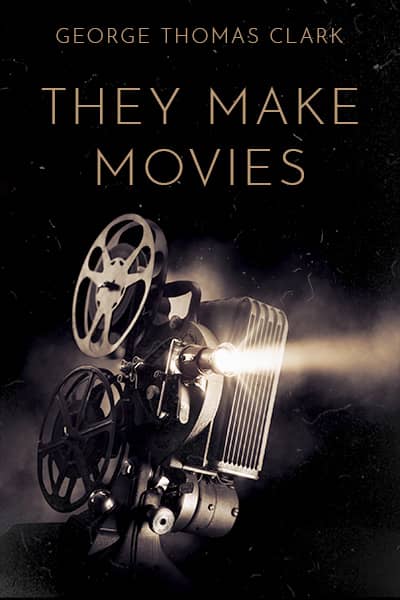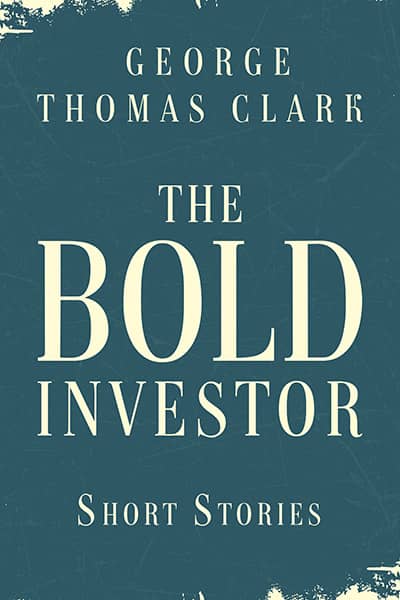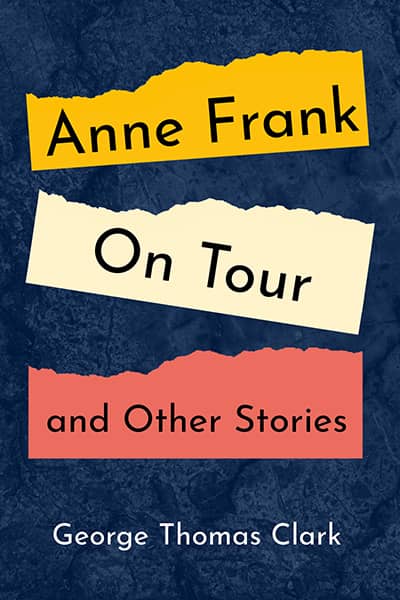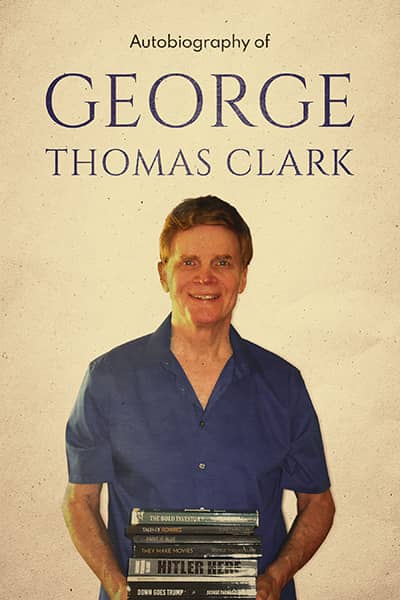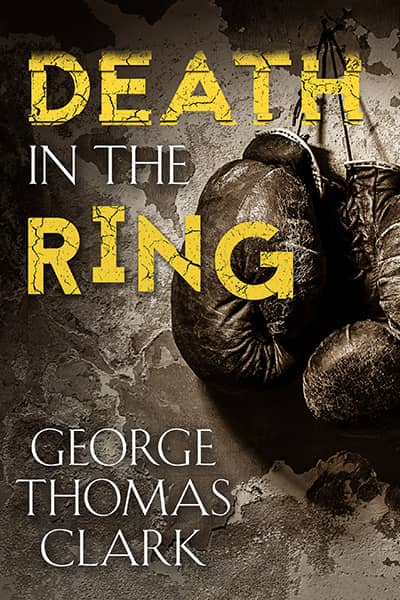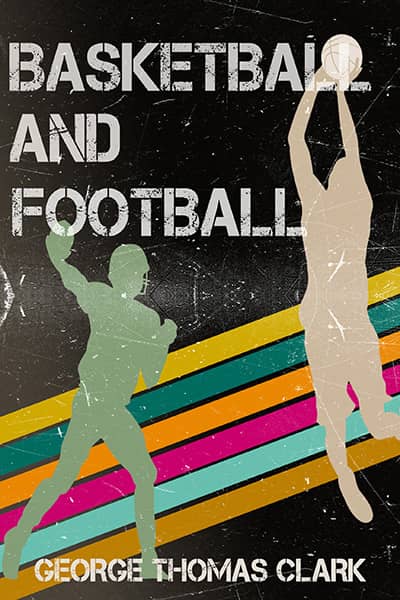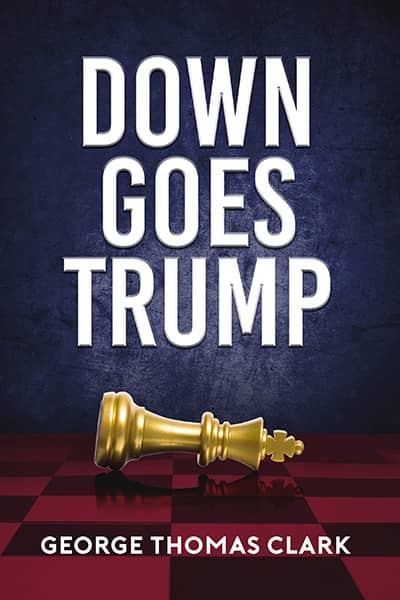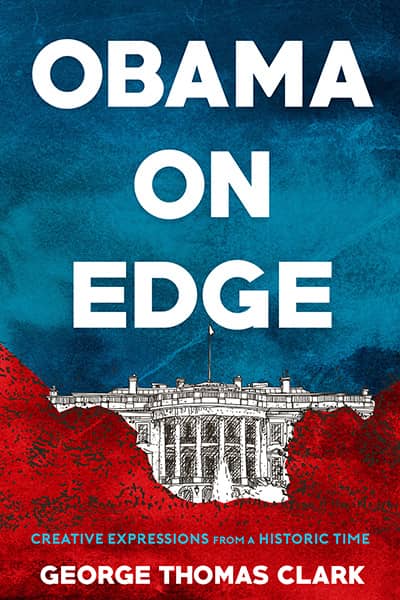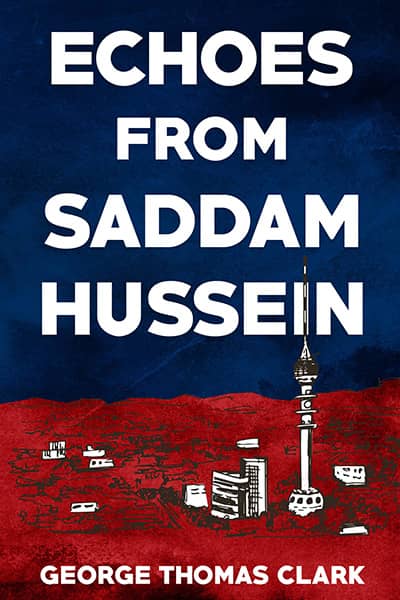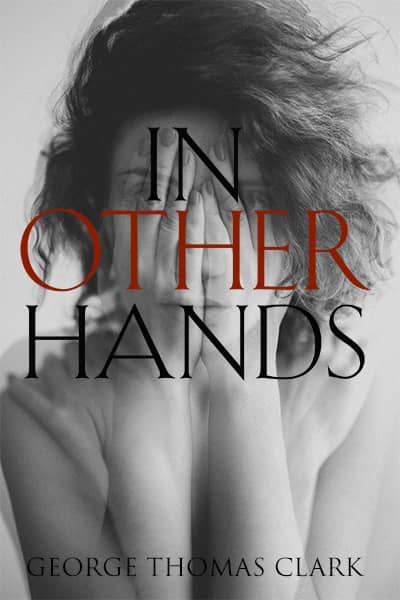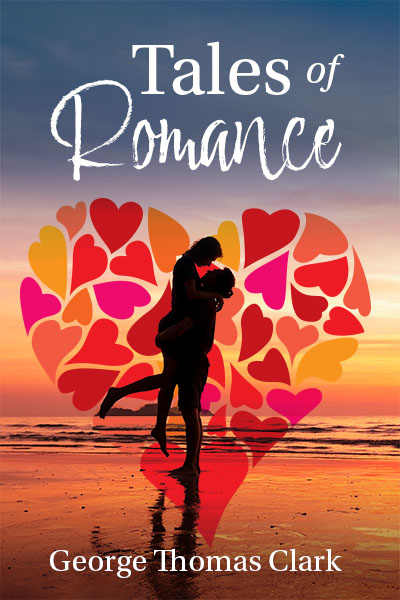Young Cowboy Sings Country
April 18, 2016
Merle Haggard may have passed but he hasn’t departed. He’s enjoying this tribute to his life and work. On stage at the Bakersfield Music Hall of Fame, a sleek new place highlighted by polished wood floors, cushioned seats, and sharp acoustics, popular country singers from Haggard’s hometown and the Central Valley are delivering four hours of his hits before a full auditorium of more than two hundred fans. About half way into the program, a fellow in a black cowboy hat walks out, carrying his guitar.
“Here’s Kadin Hernandez, fifteen years old,” says the announcer.
He seems older than that, I think. And when in a deep smooth voice he sings “Somewhere to Come When it Rains,” massaging lyrics to enhance emotional effect, I conclude, “This guy’s gonna be a star.” As Kadin thanks folks for their appreciation, the announcer says in effect, “Someday you can tell people you saw this young man perform here today.” A precise quote is unnecessary. The special feeling counts, and quite a few share it.
“Is he really only fifteen?” I ask a couple sitting in the next row.
“He sure is,” says the man.
That Sunday evening I fire up Facebook, locate Kadin Hernandez’s page, and message I’d like to write a feature about him for my website. Within minutes he responds he’d be honored. I reply that features are always better when there’s an interview. He writes come on over Tuesday night at seven when everyone’s always invited to the weekly jam. I tell him I’ll be there, and we schedule an interview for six p.m.
The Hernandez ranch, perched on two and a half acres, is only a few miles west of CSU Bakersfield but in a world of horses, barns, and corrals where parents Sami and George run a horse reining business.
“What the heck’s that?” I ask.
The parents tell me but to be sure I understand I later look it up and here let Wikipedia explain: “Reining is a western riding competition for horses where the riders guide the horses through a precise pattern of circles, spins, and stops. All work is done at the lope.”
In back of the suburban-style home, not far from the horses, a few dozen chairs form partial circles that face an open space serving as a small stage. Several guests already are strumming and singing in their seats.
“There’s food on the table over there, help yourself,” says Sami. “Kadin’s finishing his weekly guitar lesson.”
She points to a small house-like structure bearing the sign: “Grand Ole Shed.”
“He’s only been taking lessons several months but his teacher, Pat Bannister, says he’s improving fast. Banny plays bass at Trout’s (nightclub).”
Banny and Kadin exit the grand ole shed, and I introduce myself to the young man, who’s wearing another cowboy hat. Up close he looks younger than on stage but definitely older than fifteen. He invites me into his private place of practice and recording, and strums his guitar as we talk.
“I’ve been singing my whole life,” Kadin says. “They called me the ‘Karaoke Kid.’”
“At what point did you realize you had a special talent?”
“People always said I had a good voice. I’ve been building and conditioning it. I took voice lessons for about six months last year. They teach you how to save your voice and about stage presence and how to hold yourself.”
“Online I saw that you’ve already recorded a few songs and a video for ‘Life’s Rodeo Trails.’”
“I’ve written eighteen songs and recorded four. I only wrote ‘Life’s Rodeo Trails’ a few months ago and had no intention that it would be my single. But my producer, Mark Moseley, and I agreed, after some changes, that it’s the best song. Mark’s from Bakersfield and has done very well in Nashville. He’s really excited about doing this with a Bakersfield boy.”
“You recorded the song in Nashville?”
“Yes. Nashville’s a really cool place. I got to play with incredible musicians. The piano player is from Dolly Parton’s band, the steel guitar player’s from Randy Travis’, and the backup singer’s a band mate of Craig Morgan. We recorded four songs for the EP. The others are ‘Down in Cheyenne,’ ‘Lonesome Lullaby,’ and ‘House of Broken Heart.’ In late February ‘Life’s Rodeo Trails’ ranked twenty-eighth on the International Mainstream Country Music Chart. It’s selling better in Europe than here.”
“How do people buy it?”
“On iTunes and Amazon,” he says, raising his iPhone.
“I should’ve gotten one of those. I’m still using CDs.”
“Not many people use CDs anymore,” Kadin says. “I’ve got two thousand five hundred songs on this little device. I’ve been building my music library since I was nine.”
“Do you pay for them or download for free?”
“As a musician I like to pay for my stuff. I often try to get all the songs in an album because an album is like a book. You can’t buy just a page or two here and there.”
“I gather that an EP is a limited album. When will you record the full album?”
“When our push works for the EP. We’re trying to grab people’s attention so they don’t just walk by.”
Kadin Hernandez is a freshman at Liberty High School in the far western suburbs of Bakersfield and the only kid at school who wears a cowboy hat.
“Does anyone ever hassle you about your hat?” I ask.
“No problem at school,” he says. “I try to make friends, not enemies.”
“Do your classmates know about your recent breakthroughs in recording?”
“Some do, but country’s not that popular at school. Most students like rap and pop.”
“Who are your favorite country singers?”
“Chris LeDeux, who was also the best bareback bronco rider, George Strait, and Garth Brooks. Garth isn’t a real cowboy but his music hits it. I also like Chris Stapleton and Whitney Morgan. And of course Merle Haggard – there’s never going to be another singer with the smooth, velvety voice he had, especially when he was young. At Merle’s tribute, that was the first time I sang ‘Somewhere to Come When it Rains’ in public. I didn’t know it very well. Neither did the band, but we worked it out.”
“What do you think of pop music your classmates play at school?”
“I don’t do pop. I can’t stand Florida Georgia Line – the bro-country style using traditional instruments to pop beats. That’s not appealing to me, having grown up in a cowboy lifestyle. So far I do seventies and eighties style of country music. Some songs it’s appropriate to rock out on, hard-driving, head-knocking stuff.”
Motioning to the wall facing a corral, I say, “You mentioned Garth Brooks isn’t a cowboy. Do you ride horses pretty well?”
“For my age group, I’m riding with the elite riders in the sport.”
“I was raised in the sixties,” I say, and am relieved a lad born this century doesn’t laugh, “and grew up listening to a lot of rock and roll. Do you like rock?”
“I love classic rock like Lynyrd Skynyrd and Led Zeppelin, also Queen and their singer Freddie Mercury.”
“You must like The Rolling Stones and The Doors, my two favorites.”
“I’m new to rock and haven’t had a chance to get to know them. I will, though.”
Throughout this conversation I’m impressed by Kadin’s physical and emotional maturity as well as his musical. “How much do you weigh? How tall are you?”
“I’m six-feet and two hundred pounds.”
“Online I saw a picture of you in a football jersey. Did you play on the school team?”
“I started on the frosh-soph team but had to miss a lot of time because of the family business. I was born into it. Training horses is very physically hard. And we have to travel all over, to Arizona, Las Vegas, Burbank. I’ve had to learn to build people skills, friendships, and sponsorships.”
Silently I review my freshman year of high school, almost a half century ago, and conclude human development must have accelerated. “Are most freshman as mature as you?”
“Oh, no,” he says. That’s good news.
“What about college? Do you think you’ll be able to go?”
“I’d like to go to college, maybe study agricultural science. I need an education as a backup. The music industry’s unforgiving. People say, ‘I was in your position. Be careful. There are fake producers who’ll take your money and run.’”
We exit the grand ole shed and see about forty people relaxing in their seats, eating, sipping, ready to play. Kadin, guitar still in hand, stands to the side in front and accompanies those who choose songs in an informal rotation. More than half of those present have professional experience in music – one used to sing locally with Merle Haggard in the sixties – and several sound ready for a club performance. After delivering a couple of fine vocals, Sami Hernandez steps behind the jammers and joins me.
“I think Kadin’s got a future in music,” I say.
“I’ve been around a lot of talented singers and am not unrealistic,” Sami says. “I told Kadin, ‘Everyone can sing. You need to learn to play the guitar and write songs, or you’ll just be another cute guy singing.’ Taylor Swift has the package. Kadin does, too. He’s already opened a show at Buck Owens’ Crystal Palace and another at the Bakersfield Music Hall of Fame. His producer, Mark Moseley, said we need a solid base of twenty thousand fans before we record the first album. We’re not going to rush this process. I won’t let my son travel around playing in bars.”
Every half hour or so Kadin puts his guitar down and picks up a rope he twirls and lassoes the head of a steer attached to a hay bale. If he misses, I don’t see it.
“He’s a dedicated young man,” says Sami. “He’s got a guitar in his hands most of the time, even when he’s sitting inside and not playing.”
Kadin Hernandez, a rookie songwriter, guitar player, and professional musician three years shy of being able to vote, is growing fast. If I were a gambler I’d wager he won’t be a full-time college student his first four years out of high school. He won’t have time. He’ll be on tour. But the most important concerts he’ll ever have are among relatives and friends next to the family corral.
